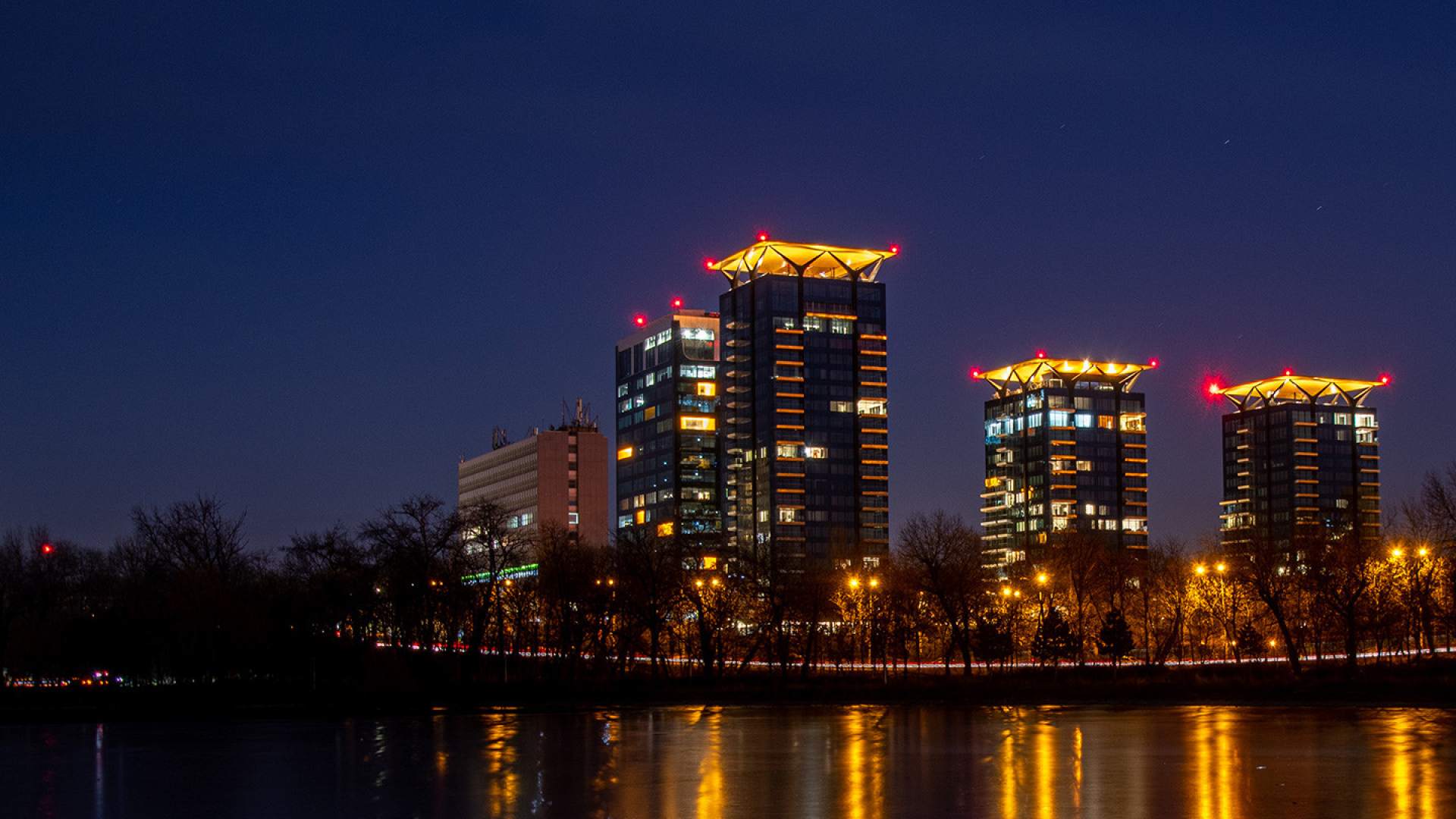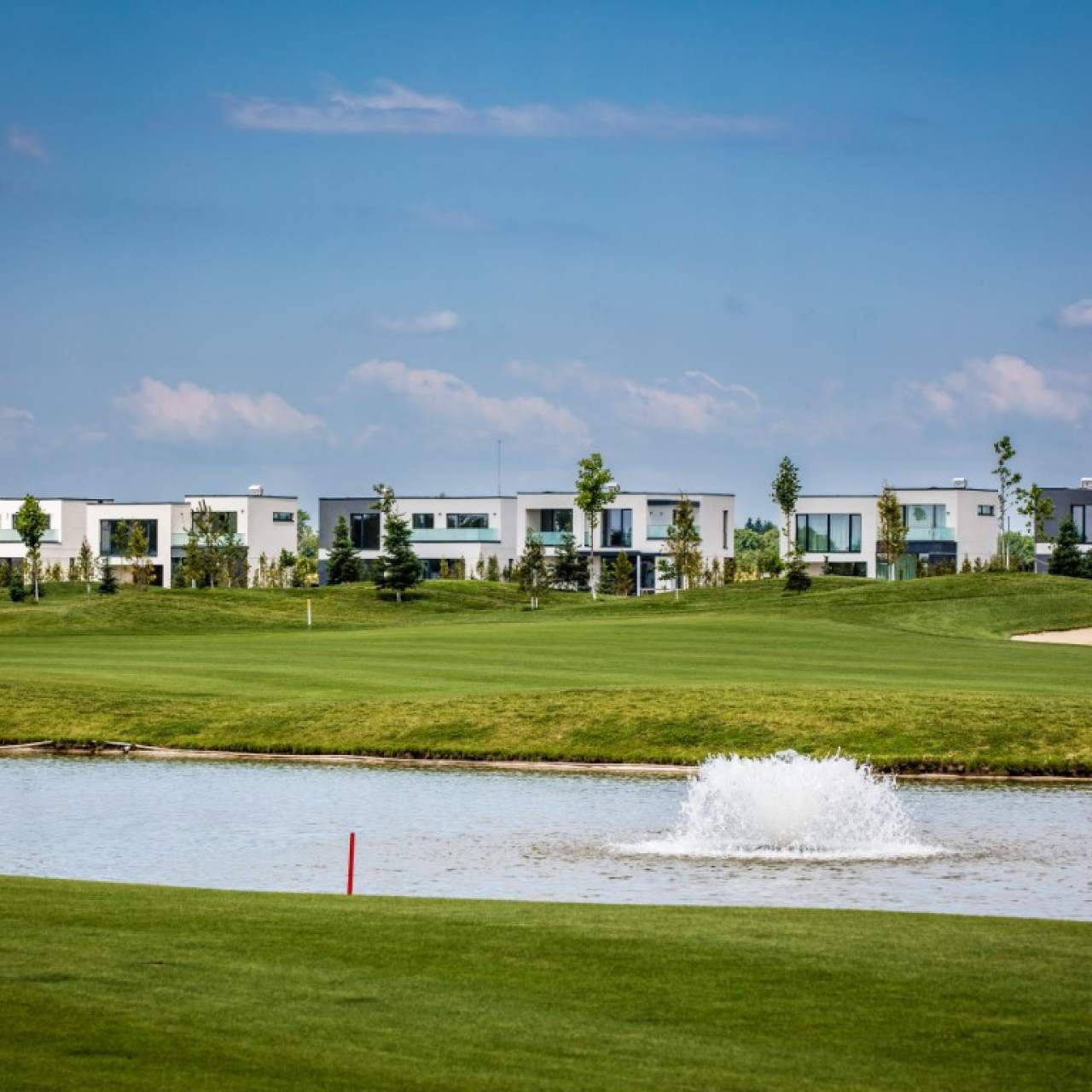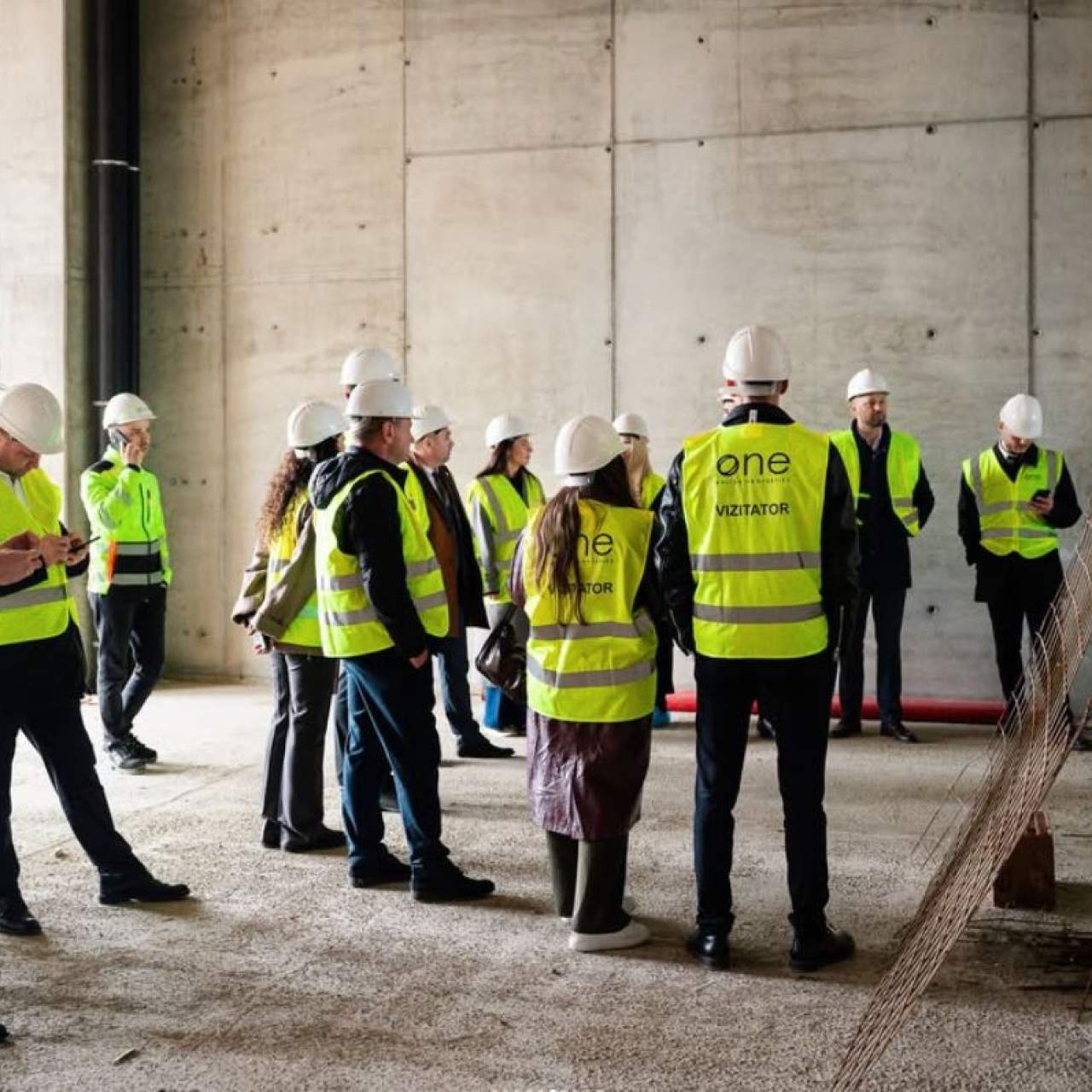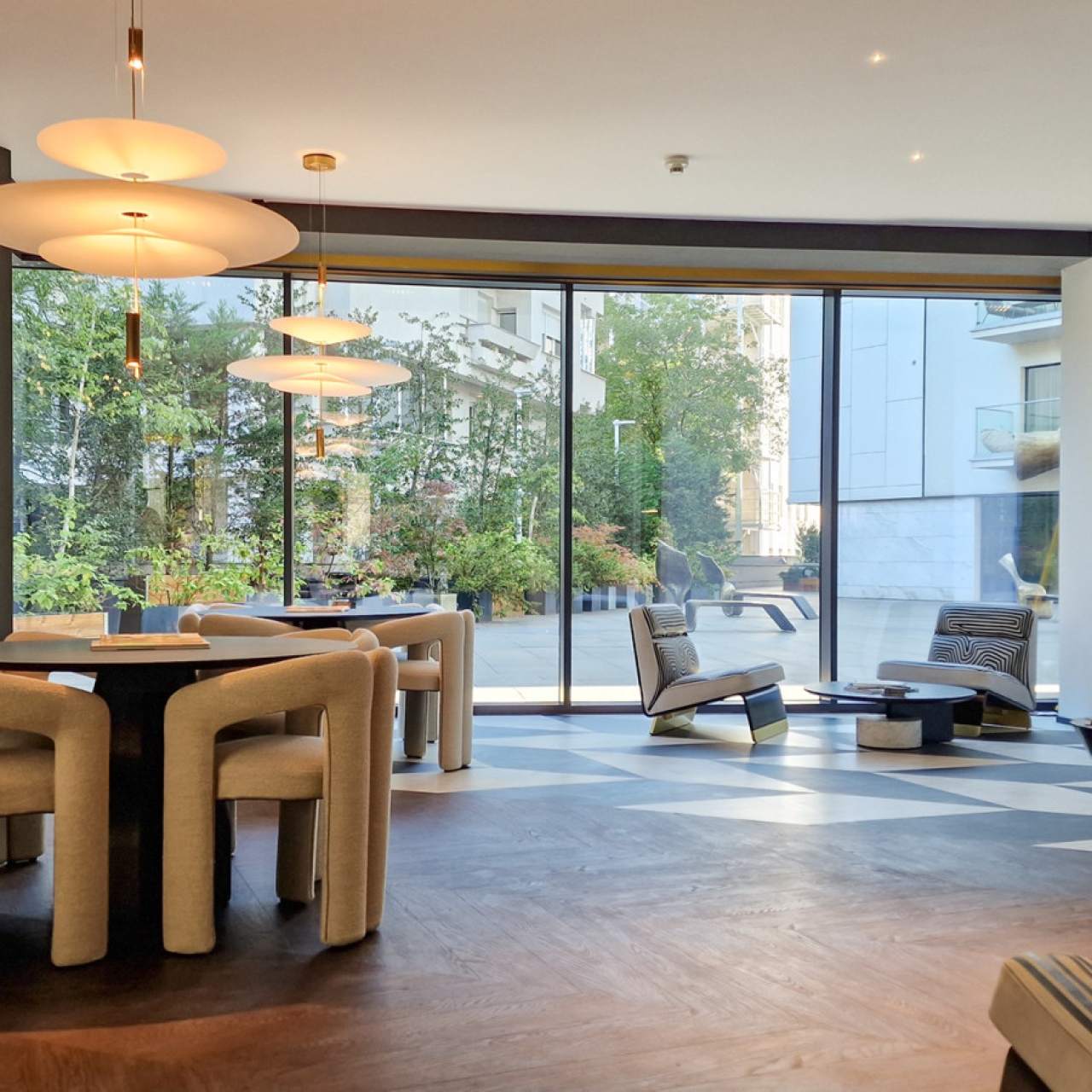
The waters that shape Bucharest
Beyond the administrative role that some of them play, the rivers that run through Bucharest and the lakes that beautify the city also have an important recreational purpose, completing the corners of nature that residents need to escape to, whether it’s jogging, an outing to the terraces arranged on the banks, a boat ride, or an hour of skating in the cold season. And let's not forget that it also represents a precious shelter for numerous creatures, from reptiles and fish to rare birds that find their refuge here in the frosty winters.
Let’s discover the most important lakes and rivers in Bucharest.
Dâmbovița River and Morii Lake
An affluent of the Argeș River, Dâmbovița springs from the Făgăraș Mountains and crosses several cities, including Bucharest, where it stretches for about 22 kilometres. It plays an essential role in the life of the city, as it is the most important source of water supply. In order to prevent flooding, the river was channelized, and following the construction of the Ciurel dam, the largest lake in Bucharest was born – Lacul Morii, spread over an area of almost 2.5 kilometres. In the past, on the site where it was laid out, there was a residential area and a cemetery, which was disabled to make room for the new project. There is also a peninsula on the lake, known as Angel Island, where a series of musical performances have been organized over time. Sailing competitions, windsurfing courses, jet skiing, and other water sports are also often organized here. In turn, the Dâmbovița River has become a pole of socialization after many restaurants and cafes were opened along its course, especially in Unirii Square area, completely changing the desolate appearance it had a decade ago.
Herăstrău Lake
Part of Bucharest's largest park, King Mihai I of Romania, the man-made Herăstrău Lake has an area of 74 hectares. Its development lasted five years, stretching between 1930 and 1935, during which time a swamp located at the edge of the city was cleaned up. Engineer Nicolae Caranfil was in charge of the project, and also contributed to the development of the city's water and sewage network and its electrification, among others. The sawmill is not his only successful project. Other ponds around Bucharest were also transformed, through his intervention, thus giving birth to lakes Băneasa, Tei, and Floreasca.
Herăstrău Lake is surrounded by an alley stretching for almost six kilometres: during the communist years several sports bases operated but are nowadays replaced by many luxury restaurants. In the middle of the lake, there is also an island, on which various playgrounds for children have been set up. In addition, on hot summer days, visitors can enjoy a boat or steamboat ride. On Herăstrău Lake, there is also a lock, built in the interwar years, and on which a museum was set up. Previously, there was a dam that served a mill.
Close to the park and lake we also find One Herăstrău Towers complex, one of the developments of One United Properties, mixing both residential units and commercial and office spaces, while also having a panoramic view of Herăstrău Lake.
Floreasca Lake
Spread over an area of 70 hectares, Floreasca man-made lake was developed starting with 1936. Together with Băneasa and Herăstrău lakes, it is in turn part of the large-scale hydro-technical works carried out during the reign of King Carol II of Romania by the engineer Nicolae Caranfil, thus giving the city a new look. The panorama offered today by Floreasca Lake is also one of the strengths of One Floreasca Lake development, another premium compound made up of three residential buildings, part of One United Properties portfolio.
Cișmigiu Lake
With an area of almost three hectares and a depth of 1-2 meters, Cișmigiu Lake was, in the past, part of Dâmbovița River. However, following the alteration of the river's course, it remained isolated, forming what the inhabitants called, during the reign of Matei Basarab, Dura the merchant’s swamp. Today, the lake is home to several species of amphibians and reptiles, as well as various wild birds, and in winter it is drained and turned into an ice rink.
Tineretului Lake
Tineretului Lake was also a swamp, once named Cocioc. Formed on the course of Dâmbovița, Cocioc became a garbage dump in the interwar years. The former name was replaced by a new one, Valea Plângerii (Valley of Wailing). The idea to transform this dirty area into a green space appeared in 1935, but it was only three decades later that the transformation works began, conducted by the architect Valentin Donose. With an area of 13 hectares, Tineretului Lake is today a point of attraction, especially for ornithologists, who come to discover rare species of birds that stop here during migrations and in the cold season.
Văcărești Lake
Văcărești Lake was developed before 1990 and covers an area of 189 hectares, as part of the country's first natural park, which bears the same name. It is also one of the most important places for bird watching, with more than 170 species staying here, from starlings to blue gulls, swans, and cormorants. Here we can also meet the Eurasian otters, whose presence indicates that the ecosystem is healthy.
Colentina River
Springing from the hills of Târgoviște and part of the Argeș River basin, Colentina River stretches along 101 kilometres, of which over a third is in Bucharest area. Also, ten of the lakes formed along its course are located in Bucharest.
Other important lakes in Bucharest are Titan, with its five islands, 23 August, where you can practice fishing, Pantelimon (260 ha), Dobroiești (93 hectares), Tei (80 ha), Grivița (53 ha), Băneasa (40 ha), Colentina (29 ha), Fundeni (3.16 ha), Carol (2 ha), and Plumbuita (1.94 ha).
Data for this article was obtained from parcnaturalvacaresti.ro, bercenidepoveste.ro, pe-harta.ro and wikipedia.org.
Inspired by the article?
Explore apartments in neighborhoods worth discovering:


